7 Fender Guitars That Deserve A Reissue
Time the Big F brought these oft-forgotten instruments back into the fold?
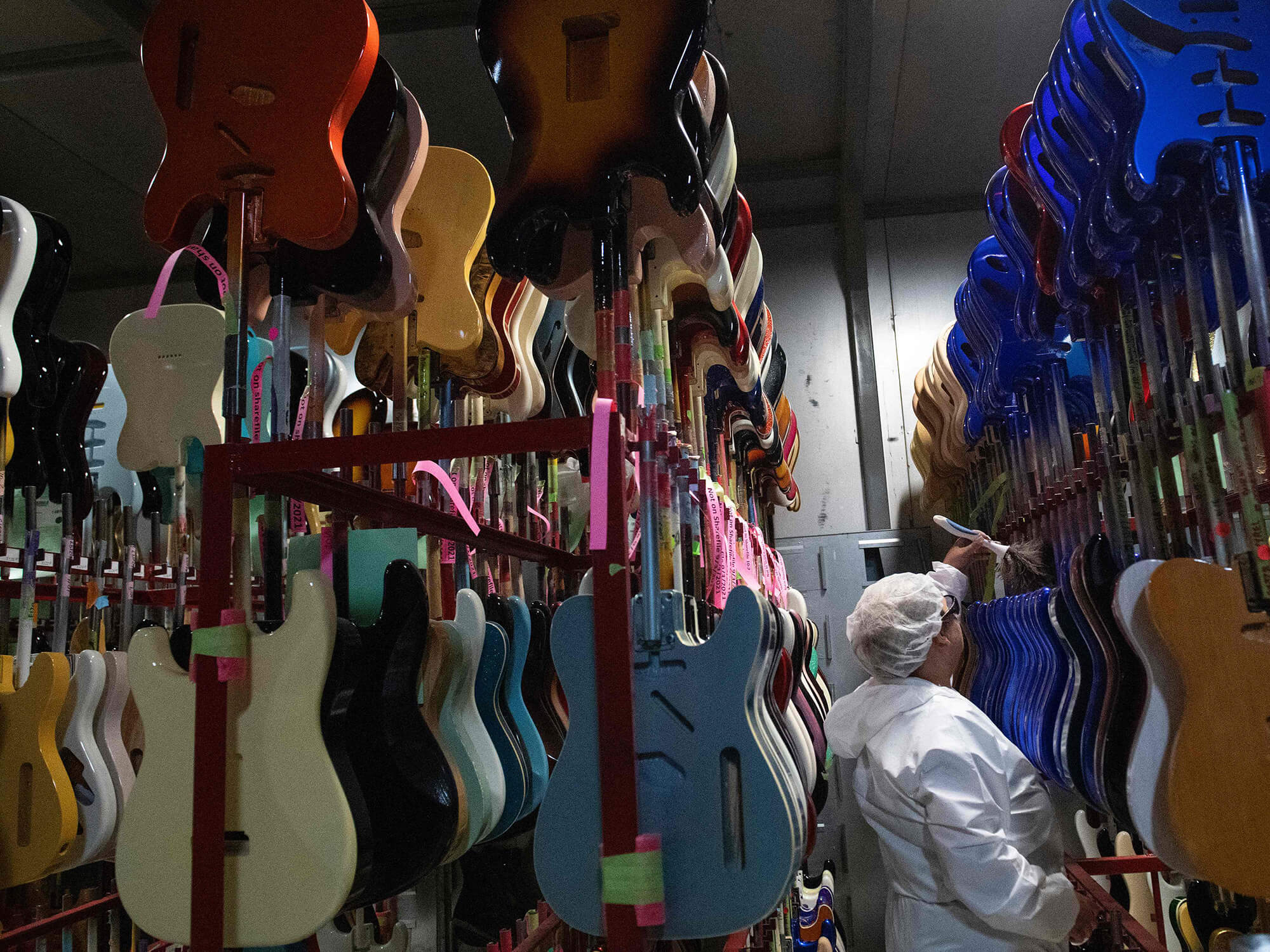
An employe dusts guitars in the drying area at the Fender factory, in Corona, California. Image: Valerie Macon/AFP via Getty Images
Fender is certainly not shy about reissuing guitars from its oft-forgotten past – in recent years we’ve seen the Toronado, Starcaster, Coronado, Lead, Super Sonic, even the much maligned Maverick get a revamp in either Fender or Squier forms, but there’s plenty more gold to be pulled from Fender’s hills.
With that in mind, here are seven more Fender guitars that remain lost to history for the time being, but are surely deserving of a second go-round…
SubSonic Baritone Stratocaster
This guitar was only made for a very short span of time around the year 2000. These were Strat bodies with a 27″ scale baritone neck. The bodies were typically made of alder and featured a hardtail string-through body construction. They came with a stock setup for B Standard tuning, but a 27″ scale is said to be favorable for anything from A Standard to C Standard. These guitars have been employed by artists like Jim Root of Slipknot and Pete Loeffler of Chevelle to achieve drop tuned riffs. They perfectly fill in that empty space between bass and guitar. They also made a Baritone SubSonic Telecaster. While you can buy aftermarket baritone conversion necks, but it would be nice to see another production run of a Fender Baritone SubSonic.
Fender Marauder Type I
The Fender Marauder was a model developed in the mid-60s and it has a very intriguing history. The original prototypes, known as the “Type I” had four pickups, all of which were hidden beneath the pickguard. This was a really interesting concept that allowed the instrument to be played without the protruding pickups getting in the way. The name Marauder is a reference to the hidden pickups being akin to a masked marauder. Only six 1964-65 Fender pre-production models are known to have been made but they never made it past the prototype stage, allegedly because the hidden pickups were either too expensive for mass-production or the technology itself was too expensive to license. These six guitars were given away to local guitar shops. Leo Fender had intended to put the guitars into production, but it never happened because the company sold to CBS before production could begin.
Later guitars with the three visible pickups and/or slant frets were built on a slightly differently shaped body, and were never officially named by Fender as Marauders but some historians refer to these experimental guitars as “Type II Marauders”. The pickups were different as well.
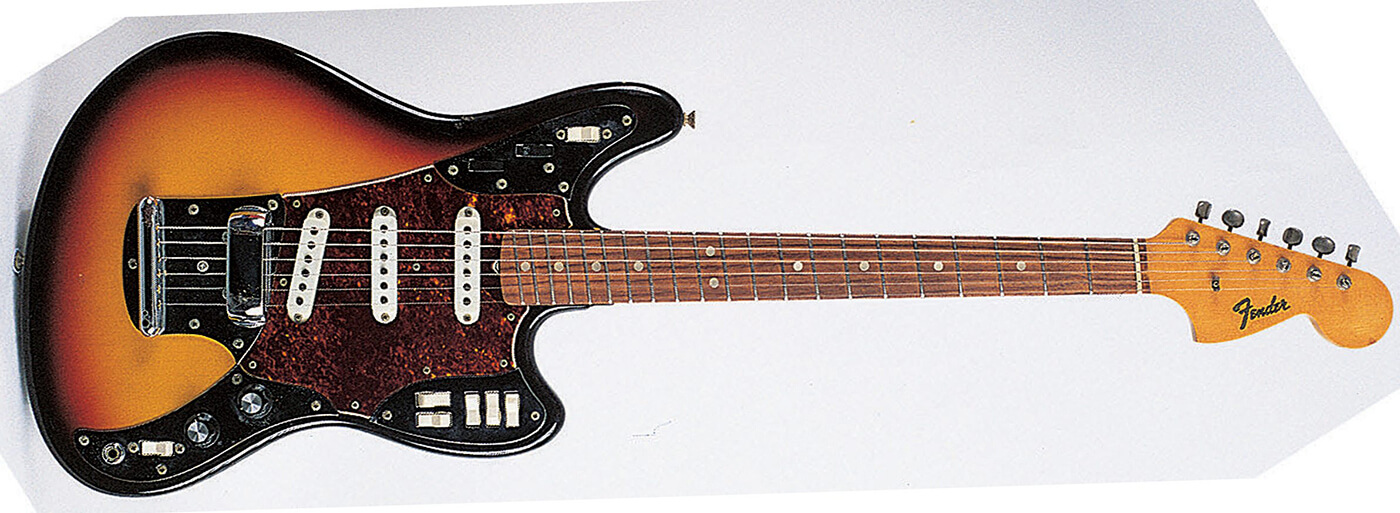
During 1999–2001, the Fender Custom Shop did make some guitars that bore some, but not all, of the Marauder characteristics and sold them as Fender Marauder Custom Shop reissues. In 2011 Fender released a Modern Player version of the Marauder which featured the same general shape as the original prototypes but that’s about where the similarities end. The Modern Player version featured a humbucker in the bridge and a P-90 in the neck position [both exposed] and a 5 way pickup selector switch.
The prototypes are said to still exist although the current owners have never come forward. But someday, perhaps Fender can get ahold of an original prototype and they can finally give the Marauder Type I a proper release.
B-Bender Telecaster
The B-Bender is a device invented back in the 60s by two country musicians – Clarence White and Gene Parsons. The device allowed you to bend the B sting up by one whole tone, simulating the sound of a pedal steel. They became somewhat of an obscure modification through the ensuing years as they do require a pretty substantial routing out of the back of the guitar. Fender’s Custom Shop did a formal partnership with the owners of the patent in 1995 and started producing the Clarence White Telecaster out of their Custom Shop – only about 200 of them were made from 1995 until 2000.
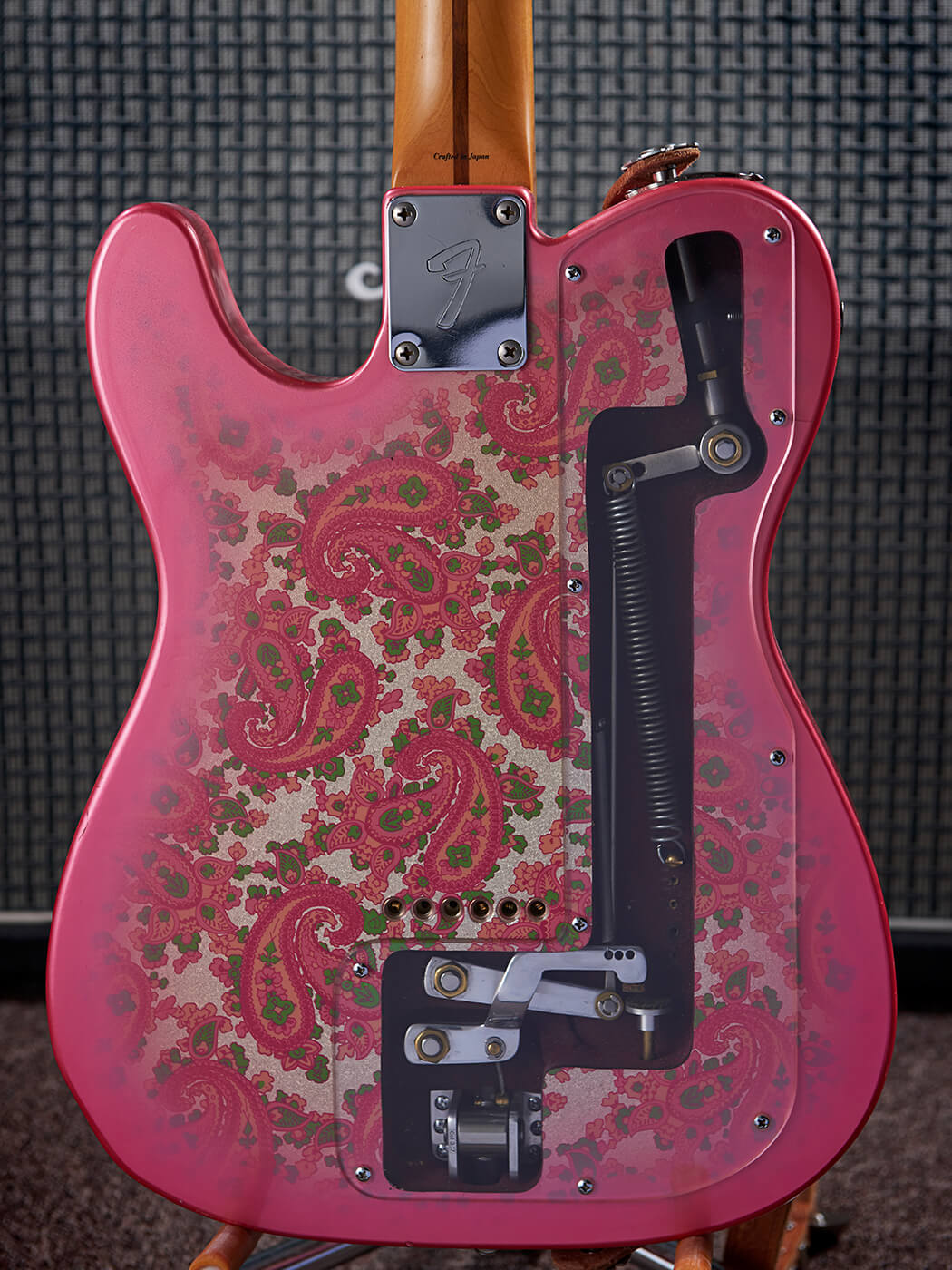
Not long after the Custom Shop’s 1995 introduction of the B-Bender-equipped White model, Fender did release a production version of the guitar. The B-Bender design was slightly altered to make the mass production easier. The production model was introduced in 1996 as the American Standard B-Bender Telecaster. A three-pickup version was introduced in 1998. Shortly after 2000, it disappeared from the Fender line. It would be interesting to see this instrument make a resurgence for those seeking classic country western tones out of a Telecaster, although it has been used by the likes of Jimmy Page [on All of My Love] and The Eagles [on Peaceful Easy Feeling], James Hetfield even used one on Metallica’s Unforgiven II as well.
Fender Toronado
Fender recently did reissue this guitar under the Squier banner, but we haven’t seen a Fender version of the Toronado released since 2006. The model’s dual humbucker and dual P-90 design [depending on the sub-model] was meant to compete with solid-body Gibson designs, in fact it is one of few Fender models to feature a 24.75″ scale, which is traditionally known as the Gibson scale.
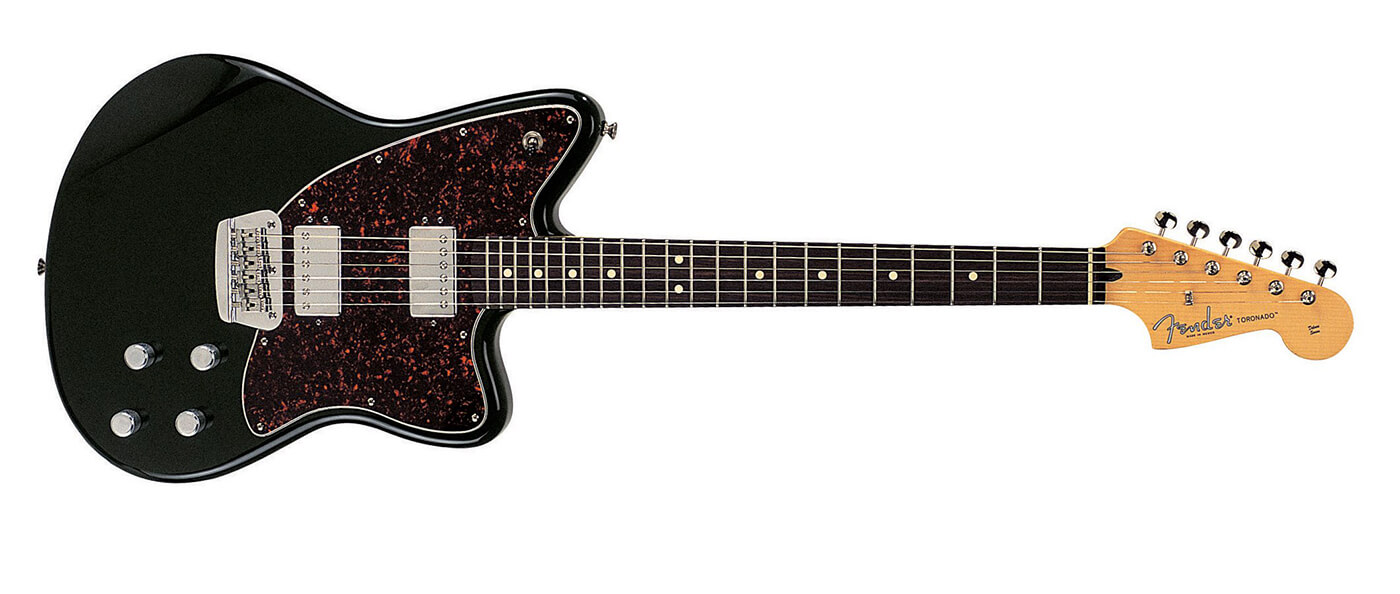
The bodies were made of alder and sometimes of mahogany. The bridge was reminiscent of Gibson’s Tune-O-Matic – Fender called it the Adjust-O-Matic to skirt copyright issues [well played…]. The four knobs were arranged and placed suspiciously close to where you might find them on a Les Paul. It was introduced at the 1998 NAMM Show and offered a nice middle ground between Fender and Gibson traditional designs.
TC-90
Fender’s TC-90 was another guitar that was designed to compete with Gibson. This was a semi-hollow body guitar with one F-hole and a Start-like body shape. Only about 1400 were made during the original production run between 2004 and 2007. In 2007 the model got a slight makeover and became the signature guitar of Jim Adkins of Jimmy Eat World under the model name JA-90.
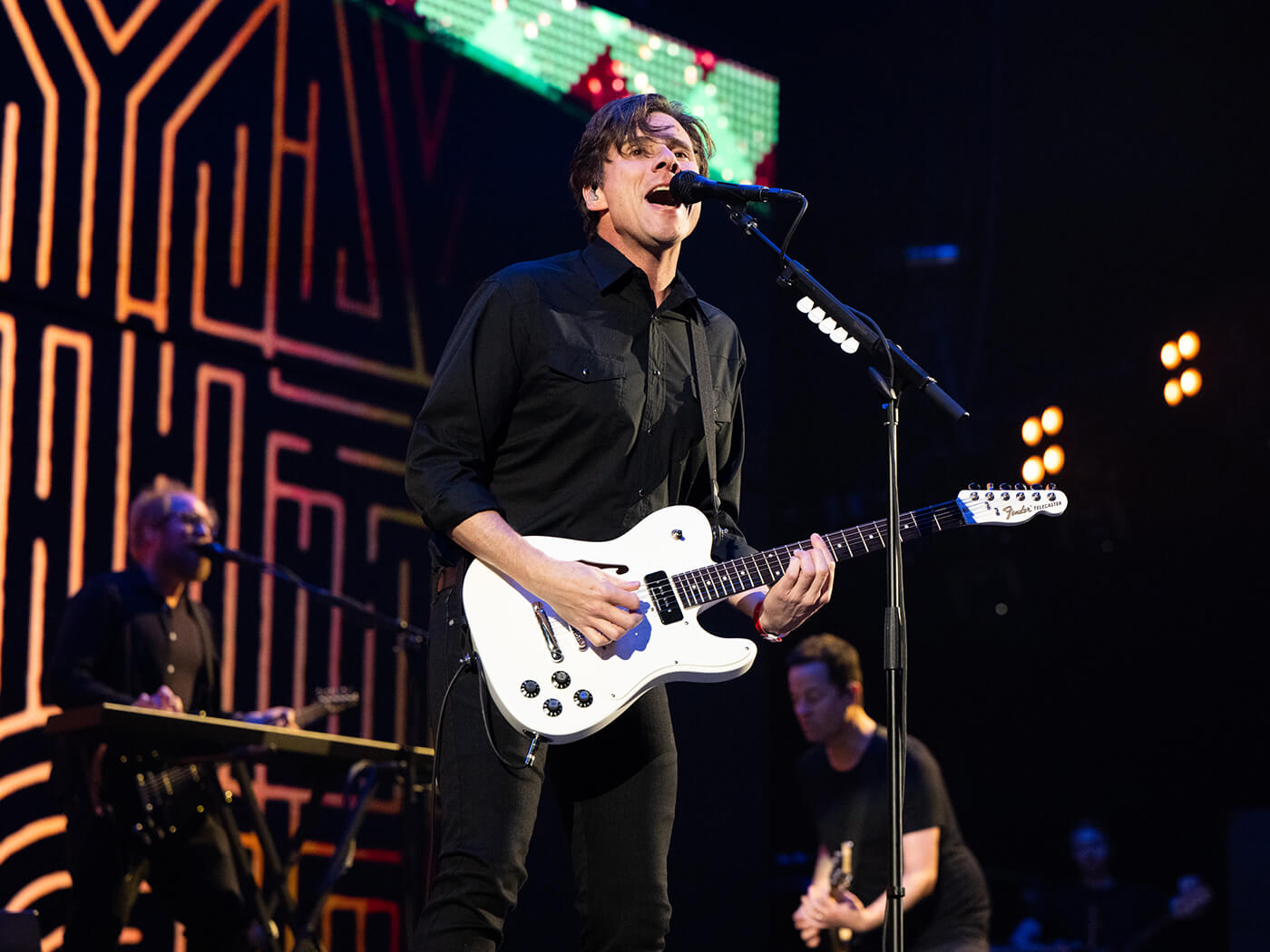
The TC-90 was only available in two colors. The model features two P-90 pickups designed by Seymour Duncan. Much like the Toronado, the TC-90 featured an Adjust-O-Matic bridge with anchored tailpiece. The neck is a maple/rosewood combination with a set neck construction.
Swinger
The Swinger was a very short-lived model from 1969. Most accounts claim that less than 600 made. The Swinger was a product of the CBS years of Fender. It was designed using bodies from the Duo-Sonic II and the failed Fender Bass V combined with hardware from the Fender Musicmaster. The pointy headstock was an interesting touch as well.
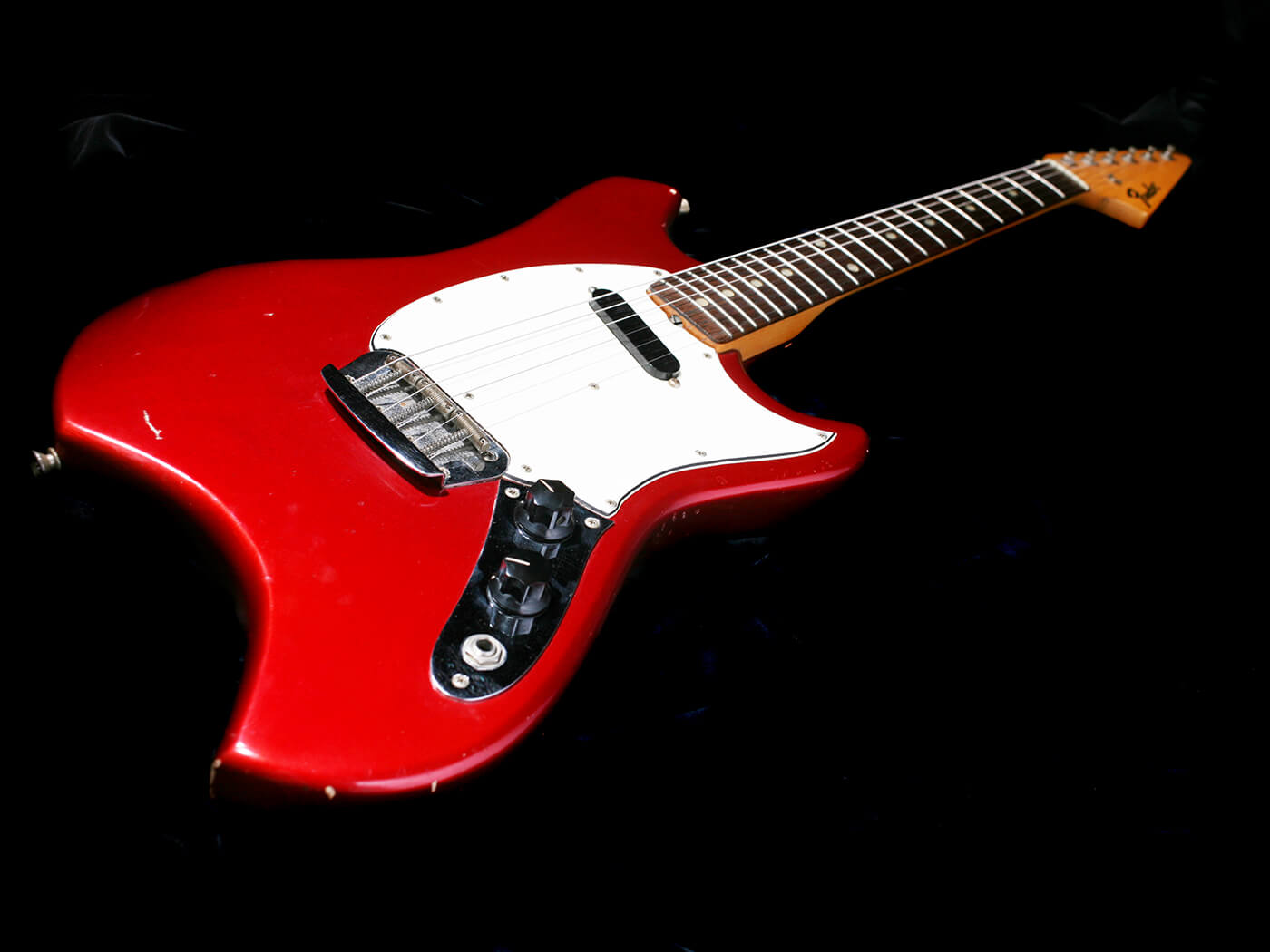
The model did see a reissue in 2019 in the Japanese Market but its still difficult to find them outside Asia.
Page-O-Caster
In 2017, Fender’s Custom Shop did a run of guitars known as the Founders Design Project, for John Page’s design, he resurrected a design he came up with in 1990, known as the Page-O-Caster. Essentially, it is a double F-Hole Thinline Esquire. Prior to 2017 he only made a few Page-O-Casters. The ones that came out in 2017 featured a roasted mahogany body and natural finish with no inlays. It features John Page’s JP Woodtone ebony saddles, and a highly figured koa top as a tribute to his mentor Freddie Tavares, a creator of the Fender Stratocaster. The original Page-O-Casters from the 90s featured a spruce top. I know these were available only 5 years ago but they were absolutely gorgeous and deserve a proper production reissue, even if its just a Custom Shop run.




